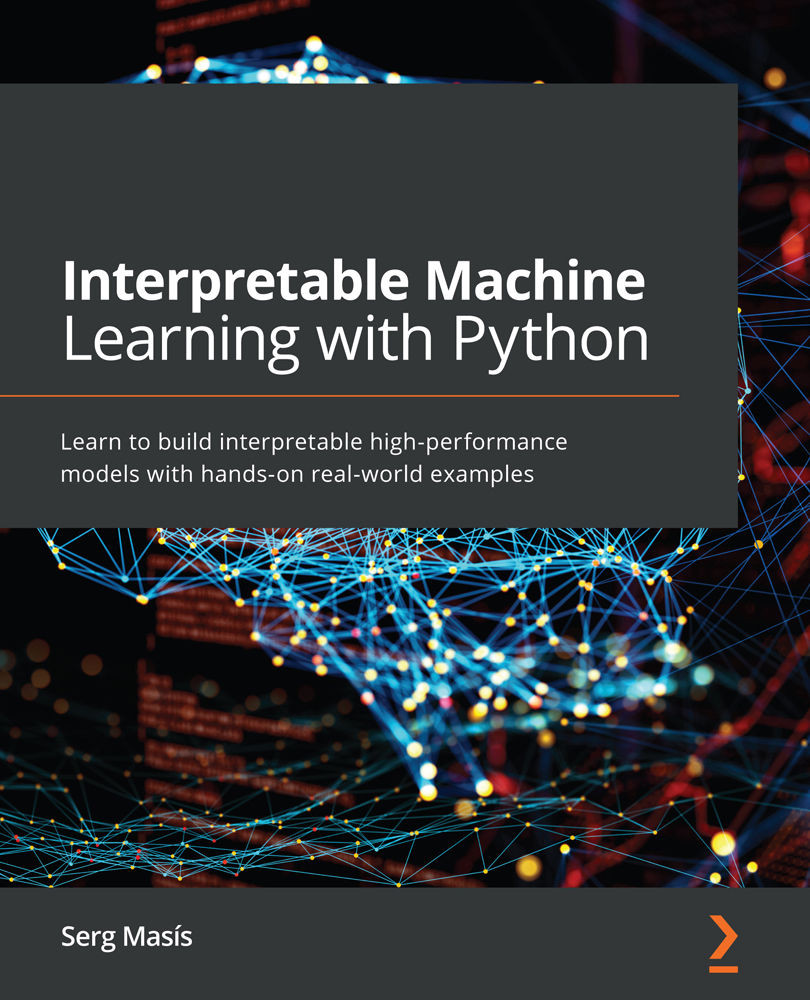We live in a world whose rules and procedures are governed by data and algorithms.
For instance, there are rules as to who gets approved for credit or released on bail, and which social media posts might get censored. There are also procedures to determine which marketing tactics are most effective and which chest x-ray features might diagnose a positive case of pneumonia.
You expect this because it is nothing new!
But not so long ago, rules and procedures such as these used to be hardcoded into software, textbooks, and paper forms, and humans were the ultimate decision-makers. Often, it was entirely up to human discretion. Decisions depended on human discretion because rules and procedures were rigid and, therefore, not always applicable. There were always exceptions, so a human was needed to make them.
For example, if you would ask for a mortgage, your approval depended on an acceptable and reasonably lengthy credit history. This data, in turn, would produce a credit score using a scoring algorithm. Then, the bank had rules that determined what score was good enough for the mortgage you wanted. Your loan officer could follow it or override it.
These days, financial institutions train models on thousands of mortgage outcomes, with dozens of variables. These models can be used to determine the likelihood that you would default on a mortgage with a presumed high accuracy. If there is a loan officer to stamp the approval or denial, it's no longer merely a guideline but an algorithmic decision. How could it be wrong? How could it be right?
Hold on to that thought because, throughout this book, we will be learning the answers to these questions and many more!
To interpret decisions made by a machine learning model is to find meaning in it, but furthermore, you can trace it back to its source and the process that transformed it. This chapter introduces machine learning interpretation and related concepts such as interpretability, explainability, black-box models, and transparency. This chapter provides definitions for these terms to avoid ambiguity and underpins the value of machine learning interpretability. These are the main topics we are going to cover:
- What is machine learning interpretation?
- Understanding the difference between interpretation and explainability
- A business case for interpretability
Let's get started!



 Free Chapter
Free Chapter
